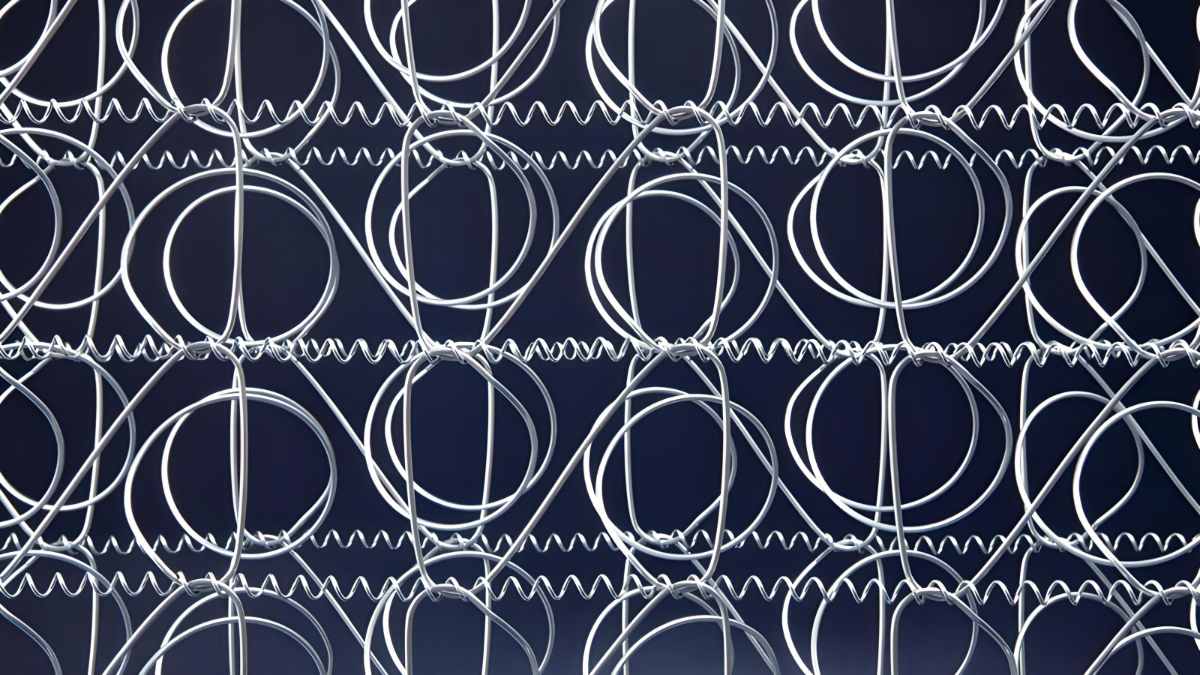The Electrosmog and Magnetic Effects of Innerspring Mattresses
The present level of scientific knowledge suggests that weak magnetic fields pose no threat to your health or quality of sleep.

The present level of scientific knowledge suggests that weak magnetic fields pose no threat to your health or quality of sleep.

